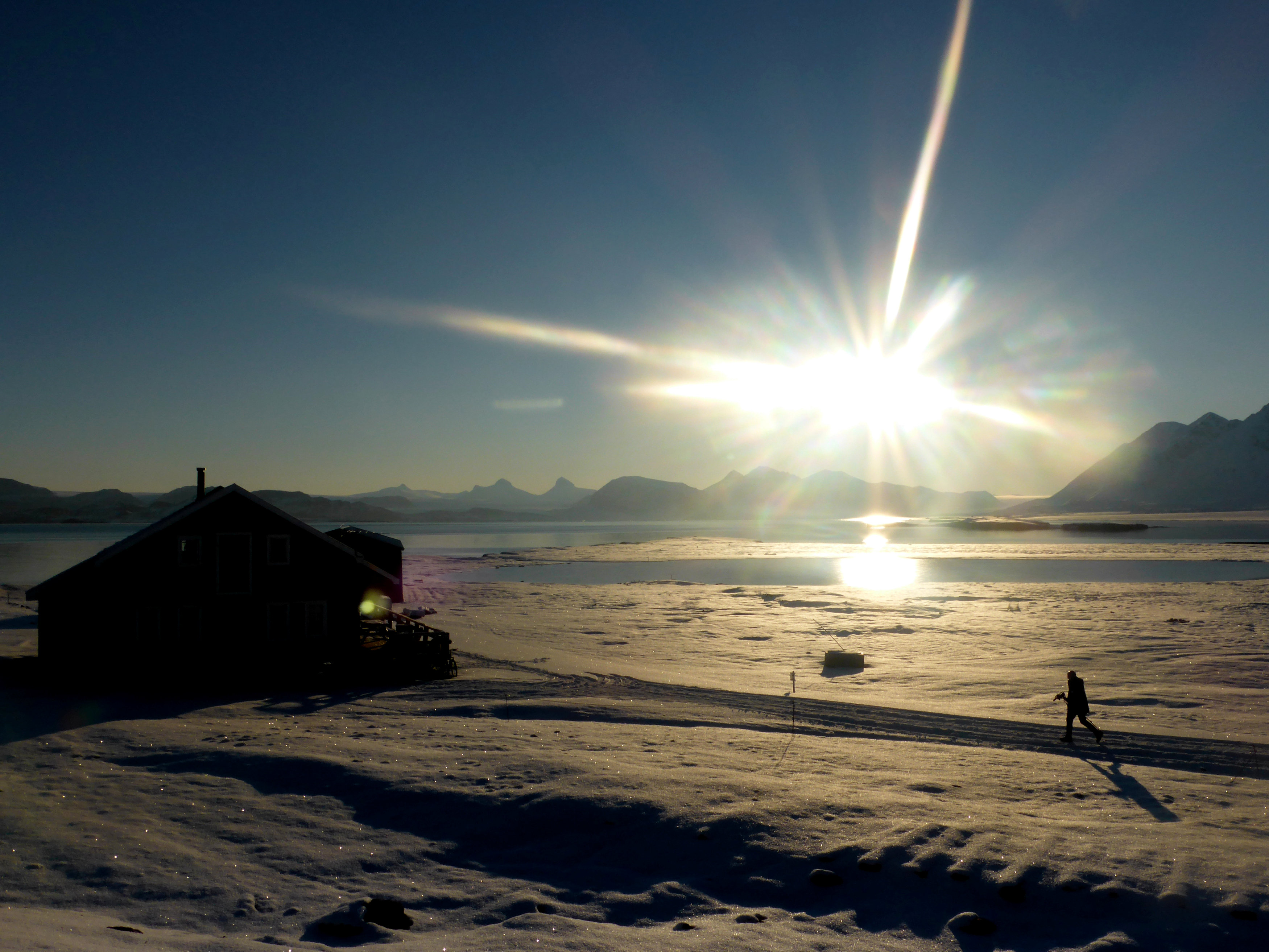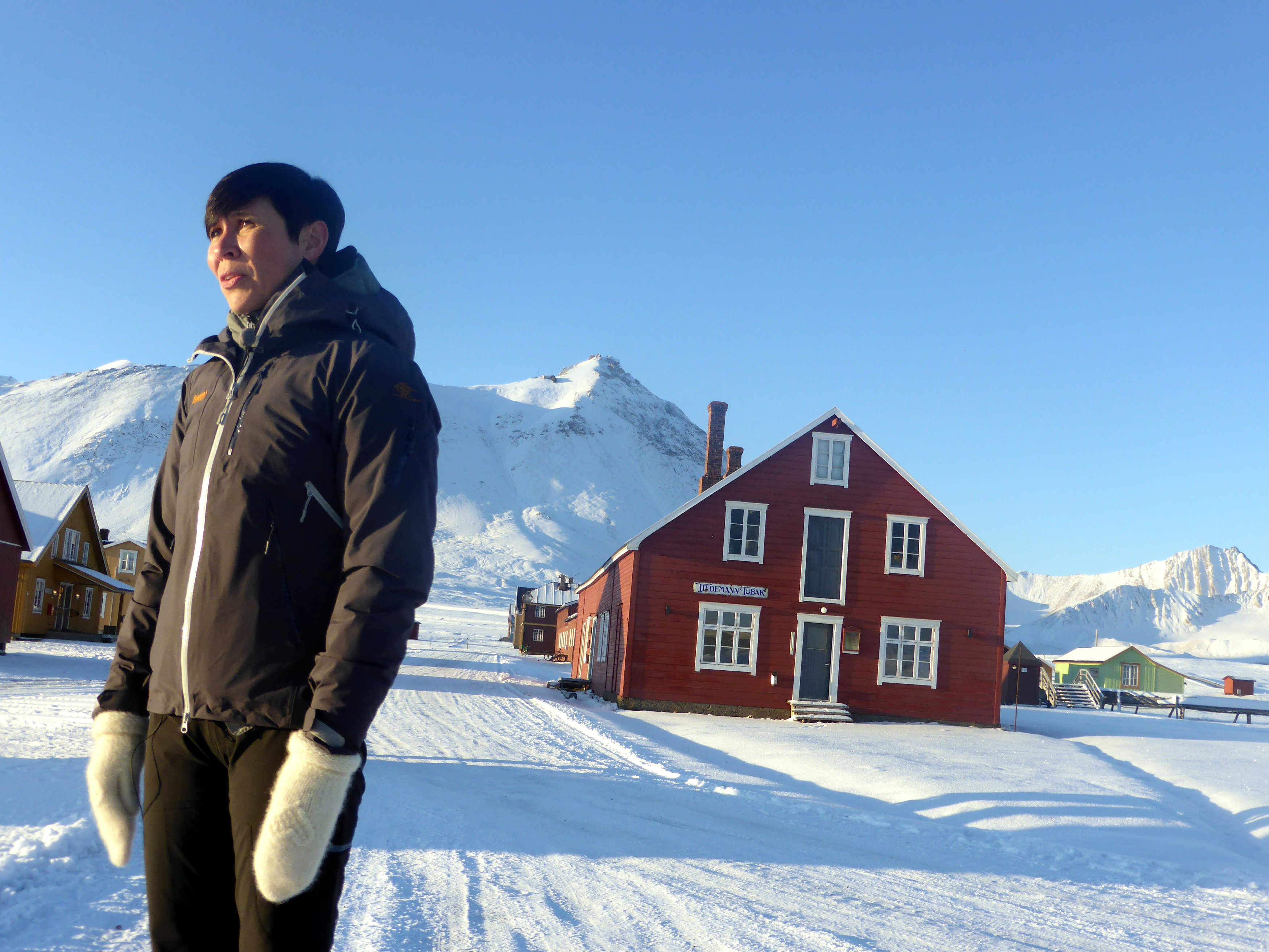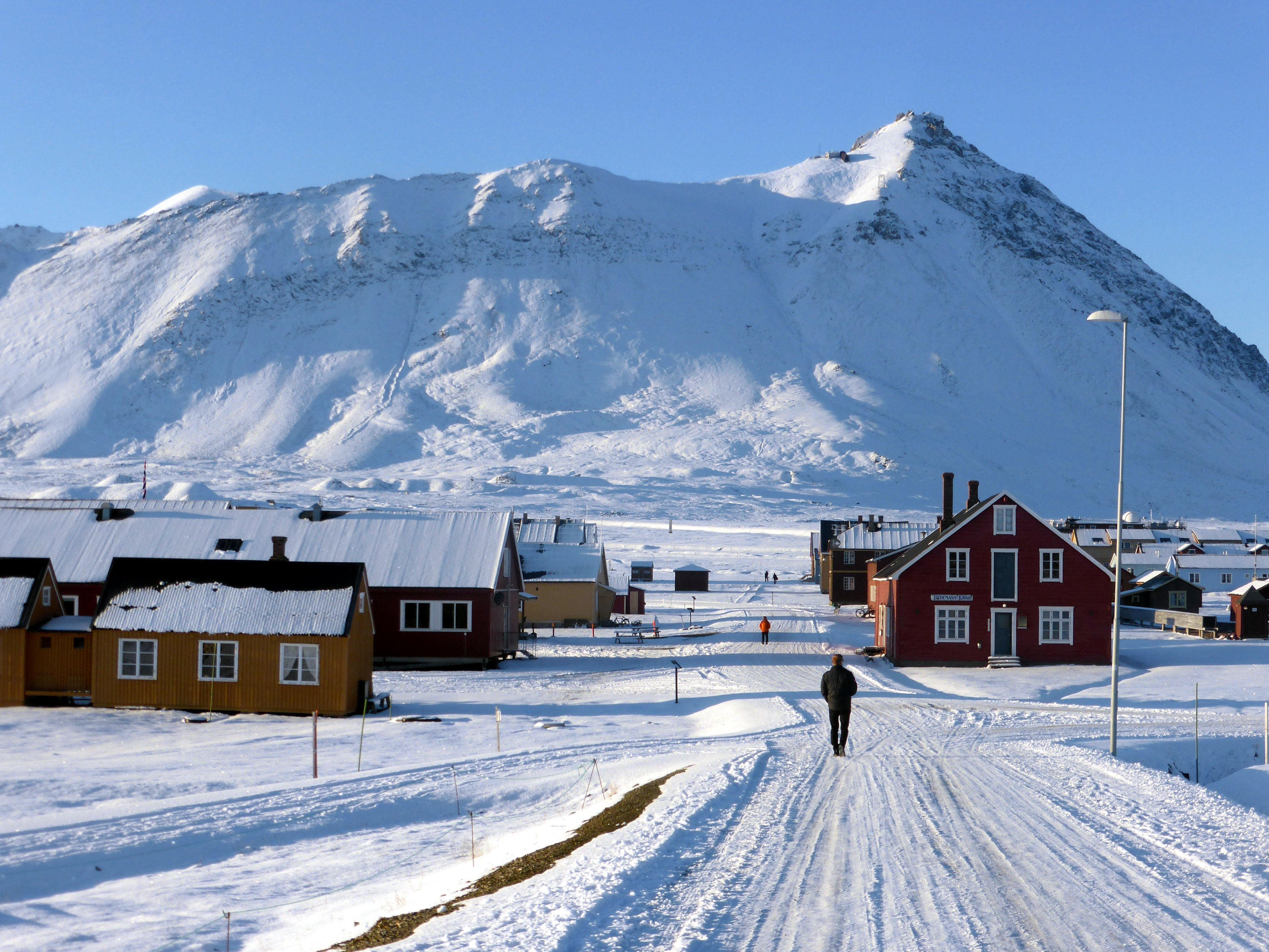Russian buildup worries Norway before big NATO military exercise
"There is no reason to believe that potential tension could start in the Arctic, but it could easily end up here if it starts elsewhere."

NY-AALESUND, Norway — On the Arctic archipelago of Svalbard, the sun does not rise for four months of the year and it is so cold that no trees grow there.
But Norway, which has sovereignty over Svalbard, fears tensions between Russia and the West could spill over to this frozen and barren outpost because of growing interest in the Arctic’s valuable oil, gas and shipping routes.
The Nordic country has been lobbying its partners in NATO to focus on collective defense of its territory rather than interventions outside its borders — and it has paid off.
Norway will be the central staging ground of Trident Juncture, the North Atlantic Treaty Organization’s biggest military exercise since 2002.
For two weeks from Oct. 25, 40,000 troops from 30 countries will conduct air, sea and land operations from Finland and the Baltic Sea in the east, to Iceland in the west. A command post exercise — involving commanders and their staffs at headquarters — will then be held from Nov. 14-23.
Oslo has also persuaded Washington to more than double the number of U.S. Marines present in Norway. Hundreds will from next year be sent to Troms, an Arctic region closer to Russia than the Marines’ current base in central Norway.
“We see that there is no reason to believe that potential tension could start in the Arctic, but it could easily end up here if it starts elsewhere,” Norwegian Foreign Minister Ine Eriksen Soereide told Reuters.
“And that is of course due to Russia building up their military capacity, especially on the Kola Peninsula,” she said in Ny-Aalesund, a research station on Svalbard that is the world’s northernmost permanent settlement.

Norway has a 196-kilometer (122-mile) land border with Russia and Russia’s Northern Fleet has its main base in Severomorsk, about 100 kilometers from the border with Norway on the Kola Peninsula, a region dotted with naval bases and restricted military zones.
NATO fears Russia’s military build-up in the Arctic, under way since 2008 and involving the creation and reopening of six military bases, could reduce the alliance’s freedom of navigation.
Russia, which staged its largest military maneuvers since the Cold War in eastern Siberia in September, has also shown signs of concern about the military situation in Norway. It sees the plan to send more U.S. Marines there as an unfriendly act which could have “consequences”.
“This makes Norway less predictable and could cause growing tensions, triggering an arms race and destabilizing the situation in northern Europe,” the Russian Embassy said in a statement on its Facebook page in June.
Russian interests
Norway has meanwhile been boosting economic activity on Svalbard, which is in the Arctic Ocean midway between continental Norway and the North Pole.
Svalbard’s traditional industry, coal mining, is not profitable so Oslo has increased tourism, scientific research and fisheries there.
Russia also has an interest in Svalbard. Under the 1920 treaty that gives Norway sovereignty over the archipelago, citizens of all signatories to the treaty can settle there without a Norwegian visa. This includes Russia.
There are 467 Russians registered as living on Svalbard and a Russian coal mining company has for decades operated in the town of Barentsburg. Another Russian settlement, Pyramiden, is now abandoned but is on the tourist trail as a Soviet ghost town.
Svalbard has moved up NATO’s agenda because of Russia’s annexation of the Crimea peninsula from Ukraine in 2014 and Moscow’s frequent naval exercises in the Arctic.
Norway, which was a founding member of NATO but is not a member of the European Union, has been beefing up its forces because of the Russian military buildup.
It has ordered 52 F-35 fighter jets from Lockheed Martin, is rebuilding infrastructure to support them and is ordering four new submarines from Germany’s ThyssenKrupp. It is also building up a cavalry battalion in a military base in the Finnmark region bordering Russia.
Russian President Vladimir Putin has said Moscow will not threaten anyone from the Arctic but that it is taking measures to guarantee its security.
The modernization of the Northern Fleet includes the addition of 23 new vessels including two nuclear submarines, the Russian defense ministry website quoted Valery Gerasimov, chief of the general staff of Russia’s armed forces, as saying.
Gerasimov said Russia had “restored its presence in the strategic regions of the Arctic Ocean and ensured security of its economic activity.”
By the end of this year, the Northern Fleet is set to receive weapons and equipment including five military ships, 15 planes and 62 radar facilities and air defense complexes, Defence Minister Sergei Shoigu was quoted as saying in August by Russian Zvezda TV channel.
In addition, coastal defense troops are supplied with three “Bal” and “Bastion” missiles divisions. New military airdromes are being built and others are being modernized by Russia.
The Russian Foreign Ministry did not respond to requests for comment.

U.S. wants to ‘up its game’
The U.S. military has also attached increasing importance to the Arctic, especially as global warming opens up new sea lanes and oil and mineral reserves.
“Certainly America’s got to up its game in the Arctic. There’s no doubt about that,” U.S. Defense Secretary Jim Mattis said this year.
Mattis visited Norway in July for talks with Soereide and Defence Minister Frank Bakke-Jensen. The deployment of additional Marines was confirmed the following month.
Oslo and Moscow concluded a deal in 2010 to end a dispute over their maritime border, enabling oil and gas exploration and allowing for visa-free travel permits for residents of the border areas.
But since Russia’s annexation of Crimea, Norwegian military and government officials have increasingly voiced concern, including about Russia simulating bombing raids on Norwegian targets and adopting quieter submarines that are harder to detect.
Norway is also worried Russia would be able to block NATO troop movements or reinforcements by taking control of the so-called GIUK gap — an area in the northern Atlantic Ocean between Greenland, Iceland and Britain.
Speaking in August on the arrival of German troops, tanks and equipment for the Trident Juncture maneuvers, Frank Bakke-Jensen said the global and regional security environment had fundamentally changed.
“We need to take the old NATO mission — securing the North Atlantic and communications and supply lines across the Atlantic. This is what we’re exercising now, how to move big amounts of troops, vehicles and vessels,” he told Reuters.
Additional reporting by Denis Pinchuk in Moscow, Robin Emmott in Brussels and Idrees Ali in Washington.